#oxalis pes-caprae
Explore tagged Tumblr posts
Link
5 notes
·
View notes
Text
The name oxalic acid is derived from one of its sources in the biological world, namely, plants of the genus Oxalis, one of which is the soursob (sourgrass) plant, O. pes-caprae (figure 23.2).
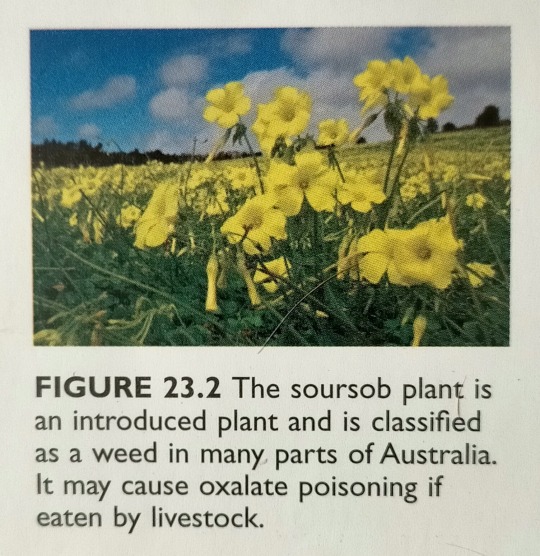
"Chemistry" 2e - Blackman, A., Bottle, S., Schmid, S., Mocerino, M., Wille, U.
#book quotes#chemistry#nonfiction#textbook#oxalic acid#oxalis#soursob#sourgrass#oxalis pes caprae#australia#oxalate poisoning#livestock#yellow#yellow flowers
5 notes
·
View notes
Note
You’re five years old and you’re mixing “potions” in the backyard. What are your ideal ingredients?
Hi! :D
Well, as a kid I used what we had around our school's playground, so that'd be Oxalis pes-caprae (thanks to this ask I googled its common name here to learn how it's called in English and discovered it's invasive here and it originates from South Africa. Neat!), Carduus pycnocephalus (I have some nice memories with it), pine needles, and some calcareous and/or red soil if the case requires a little oopmf for the true small-child-potion experience!
Now I wanna make potions.
3 notes
·
View notes
Text
Plants have real power. I first learned this when I cured the pain of stinging nettle on myself with the herb Dock.
And I want to add: Do NOT trust common names. They vary hugely from place to place and time to time. Even Scientific names change over time - look up the synonyms for every plant you're interested in.
Example: Sour-grass aka Bermuda Buttercup aka goat's-foot aka English Weed aka African Wood-Sorrel aka soursop is not a grass, not a buttercup, not from Bermuda, not from England, not related to the fruit soursop, not a sorrel, not always found in the wood. It is in the genus Oxalis, the wood sorrels, but that genus contains over 550 species from all over the world. It has the scientific name Oxalis pes-caprae and an out-of-date synonym Oxalis cernua. Confused yet? This is a common edible weed in warm, semiarid regions. But don't eat too much - it has high quantities of oxalic acid, which is toxic in large amounts... but also causes it have traditional medicinal uses that I'm not qualified to comment on.
Be careful out there.
there are SO many witchcraft books in the barnes and noble's. Including lots of herb and plant books. And I feel that it's in everyone's best interest to inform that "witchy" herbalism is just, like, a wad of Eurocentric plant symbolism, Eurocentric medicinal plant stuff and random bullshit mixed together, and you don't have to buy something marketed as "witchcraft" to learn all the stuff with greater accuracy
Especially if you're not in Europe, it doesn't make sense to learn about plants that either don't grow in your area or have a totally different role in the ecosystem in your area. Plant symbolism and "meaning" generally is connected to a real quality about the plant. It becomes nonsense if you remove it from the specific ecological context
Also, i find it really funny how a lot of "herbalism" stuff on like pinterest is just about mostly common kitchen herbs and spices and doesn't discuss very many actual commonly used medicinal plants throughout history...because those can kill you or give you the worst most traumatizing trip of your life
3K notes
·
View notes
Text
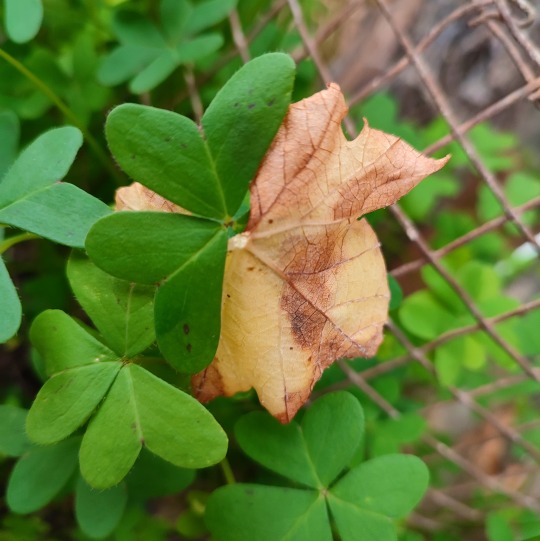
Cuando estás en tu día de suerte, pensó la hoja de la parra...
Oxalis pes-caprae
.
buongiorno beautifulnature naturaleza hojas soul palabras
0 notes
Text

Quelle: link
Oxalis pes-caprae: Nickender Sauerklee
1 note
·
View note
Text

Bermuda buttercup, Cambria Shores
#wildflowers#nature#nature photopragpy#bermuda buttercup#Oxalis pes-caprae#california#california coast#travel#photography#my photography#original photography#photographers on tumblr
24 notes
·
View notes
Text
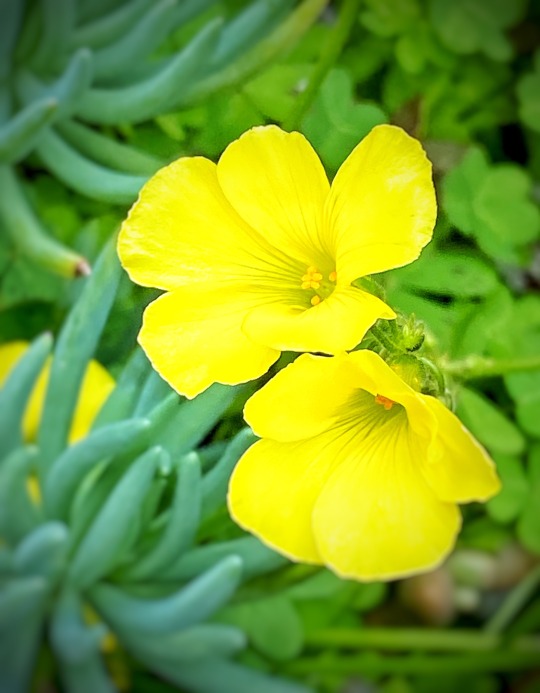
近所の庭先で咲いていた、
「オオキバナカタバミ(大黄花酢漿草)」の花。
別名:キイロハナカタバミ(黄色花酢漿草)。
欧文名:Oxalis pes-caprae
19 notes
·
View notes
Photo
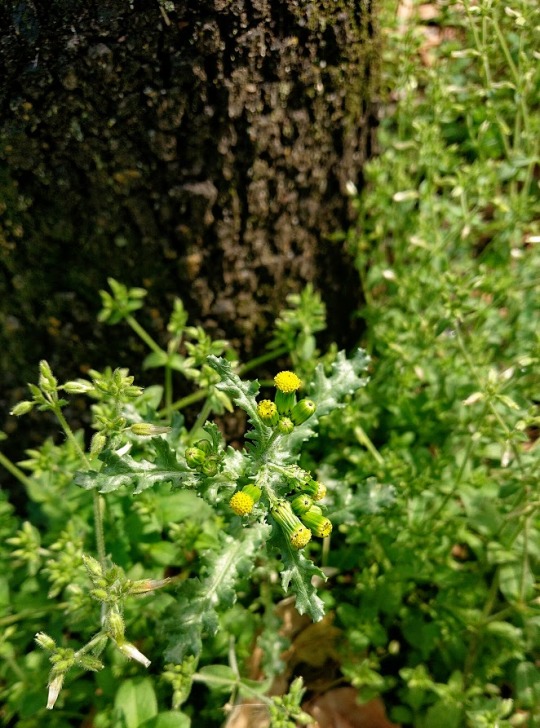
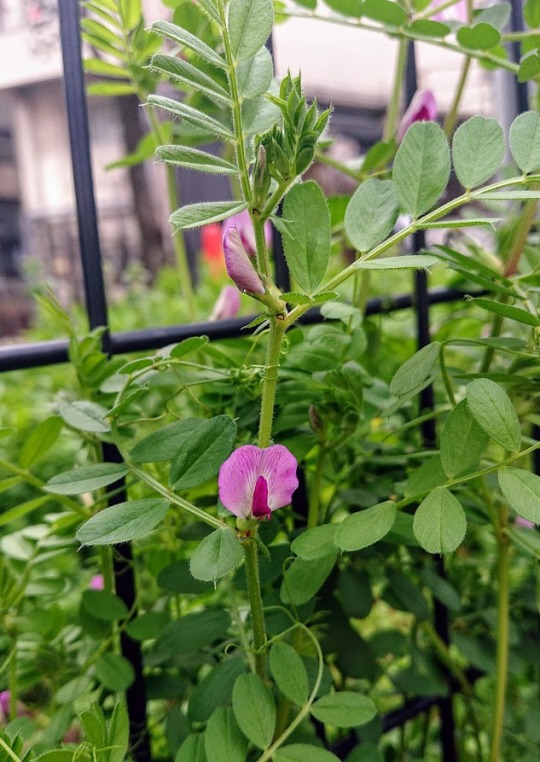
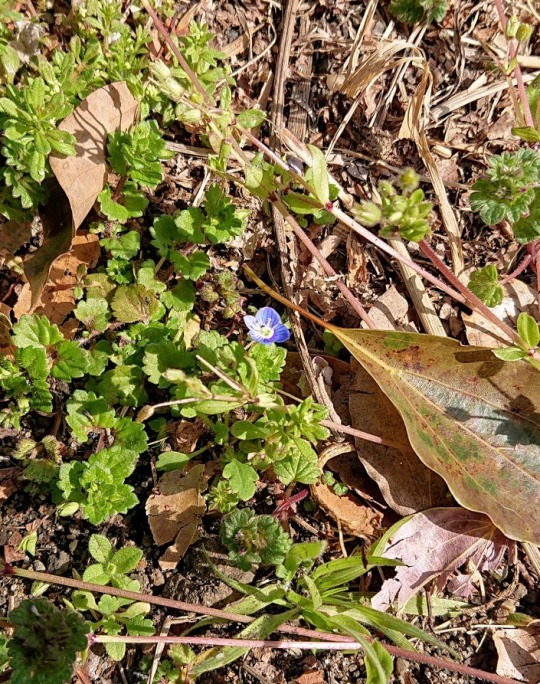
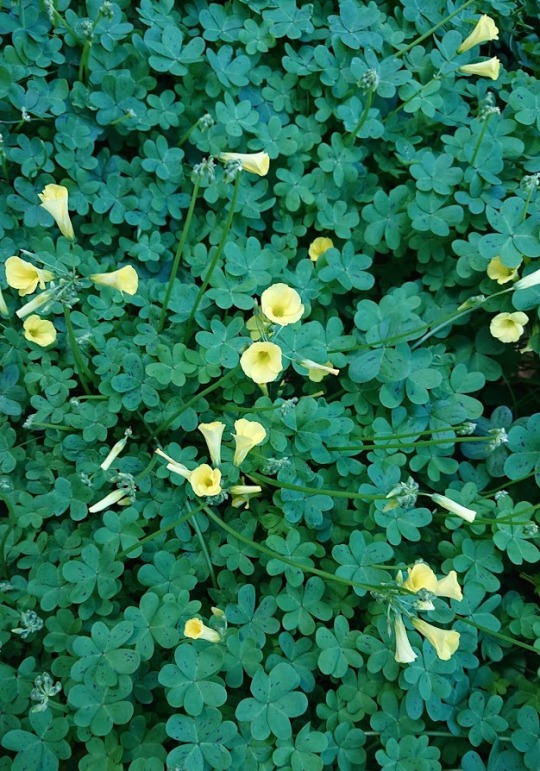
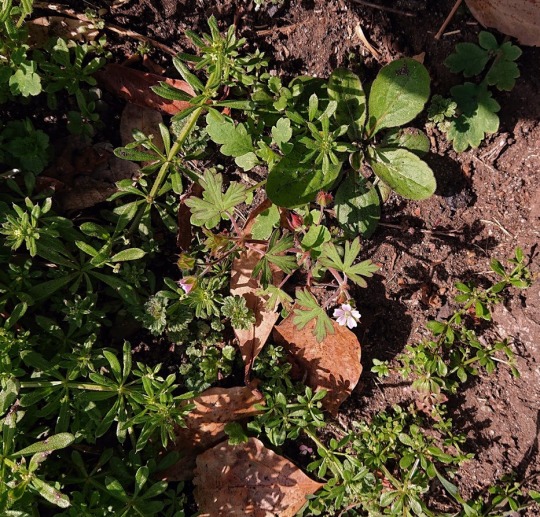

Tiny wildflowers! 道端で見かけた小さな小さな花たち 💠
ノボロギク(野襤褸菊)Senecio vulgaris / Common groundsel カラスノエンドウ(烏野豌豆)Common vetch オオイヌノフグリ���大犬の陰嚢)Veronica persica / Persian speedwell オオキバナカタバミ(大黄花片喰)Oxalis pes-caprae / Buttercup oxalis / Bermuda buttercup アメリカフウロ(亜米利加風露)Geranium carolinianum オオバタネツケバナ(大葉種漬花)Cardamine douglassii
#snapshot#spring#life#wildflowers#senecio vulgaris#common groundsel#common vetch#veronica persica#persian speedwell#oxalis pes-caprae#buttercup oxalis#bermuda buttercup#geranium carolinianum#cardamine douglassii#ノボロギク#カラスノエンドウ#オオイヌノフグリ#オオキバナカタバミ#アメリカフウロ#オオバタネツケバナ
35 notes
·
View notes
Text
Balcony plants with Parnitha flair, Thymbra capitata, Teucrium capitatum, Viola sp., Cyclamen graecum and Oxalis pes-caprae 🌱
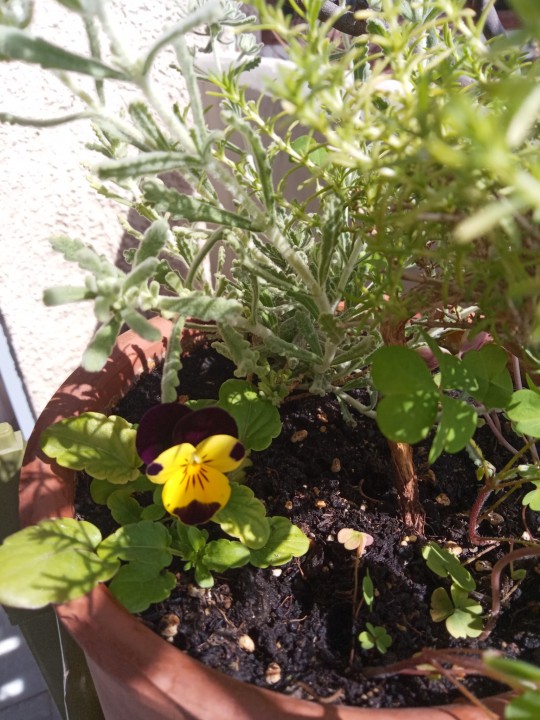

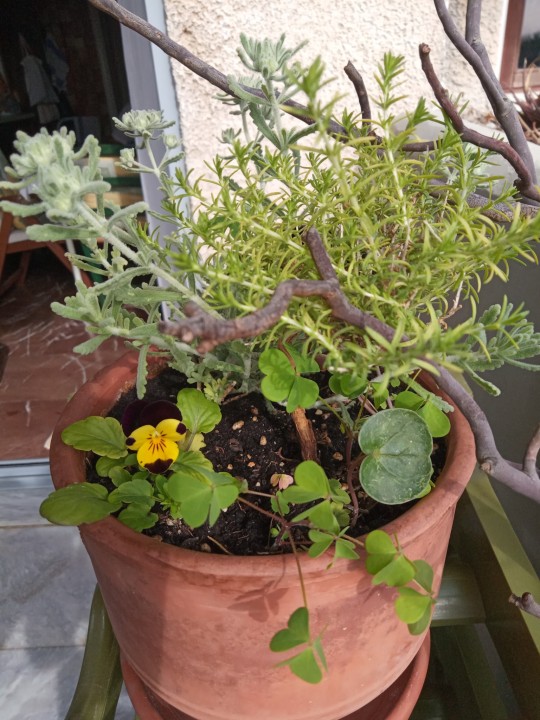
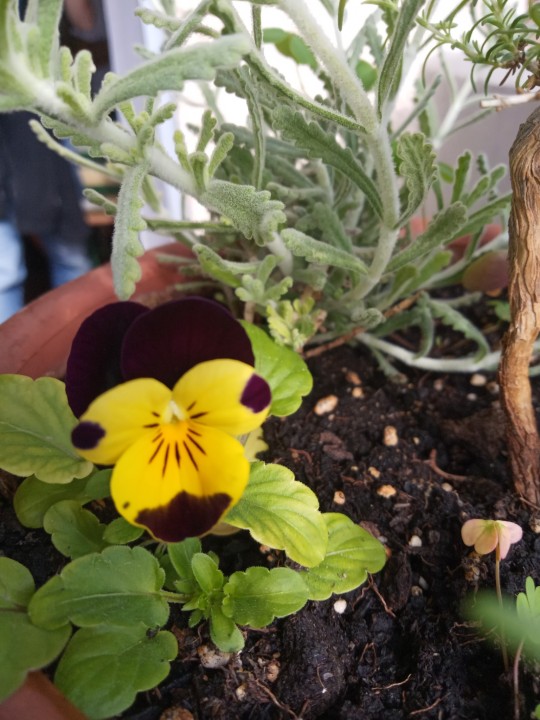
#greece#attica#nature#plants#botany#parnitha#Thymbra capitata#Teucrium capitatum#Viola sp#Oxalis pes-caprae
5 notes
·
View notes
Text
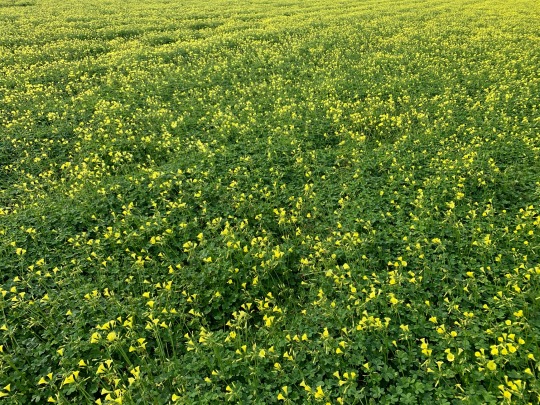
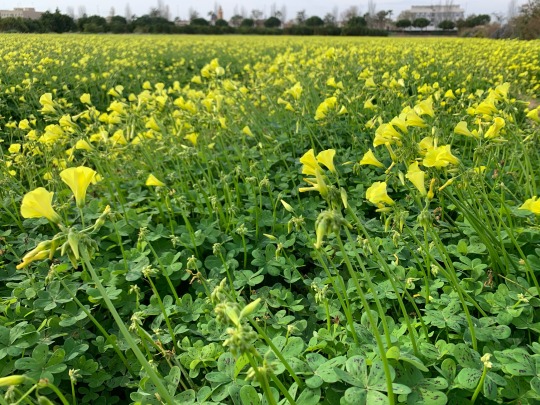
Campo de Oxalis pes-caprae (Agret, agrios, agrillo, canario, cebollica, dormilones, flor del sueño, matapán, trébol o vinagrillo).
En mi caminata del mediodía de hoy entre Albuixech y Meliana.
3 notes
·
View notes
Photo




Fotografía de Agrio, Oxalis pes-caprae, por achoprop. Hastag flwrpwr. Flores en los campos de naranjos valencianos en primavera. Foto sobre Aenigma geométrico // con hastag #flwrpwr // Sublimada www.achoprop.com
#primavera#flores#naturaleza#fotografia#bonito#achoprop#achopropoficial#logo#verde#amarillo#flor#oxalis pes-caprae#agrio#vinagrera#matapan#trebol#naranjo#naranja#valencia#springtime#floracion#findyourthing#myrbthing#redbubble#graphicdesign#redbubbleartist#artistsontumblr
0 notes
Text
you know those yellow flowers that grow spontaneously on the fields?? the ones no one really pays much attention or even knows how they grew there but every spring they flower and pepper the grass with wild lemony dots?? i really like those they’re really pretty
#dunno#it's spring#i just remembered#flowers#sysy says#I KNOW THE ENGLISH NAME NOW#IT'S#SOURGRASS#OXALIS PES-CAPRAE
4 notes
·
View notes
Text

Bermuda Buttercup - Azedas (Oxalis pes-caprae)
Cruz Quebrada/Portugal (14/03/2023)
[Nikon D7100; ∑150mm F2.8 EX DG OS HSM APO Macro; Peak Design travel tripod; 1/200s; F20; 200 ISO]
17 notes
·
View notes
Text
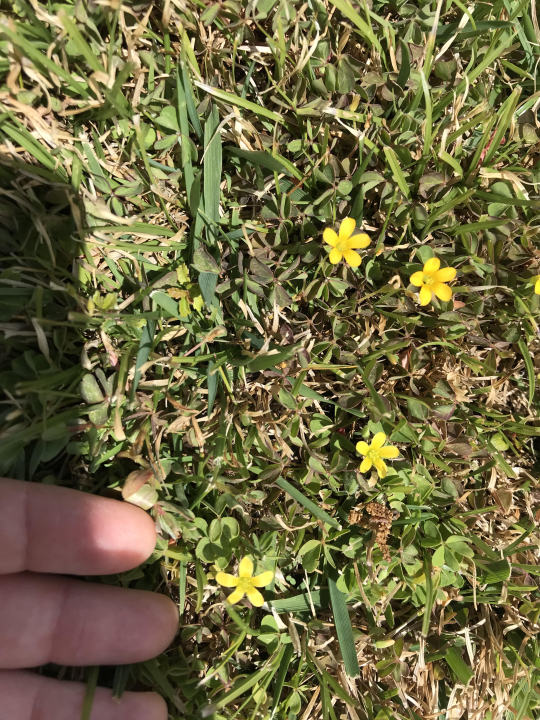
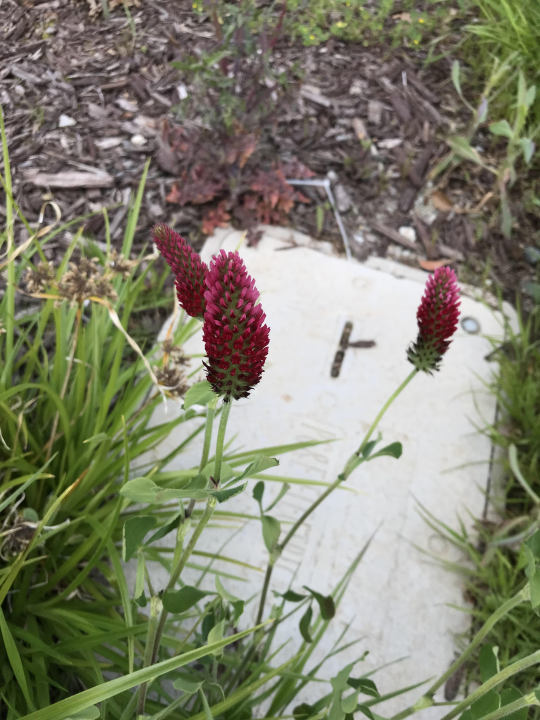
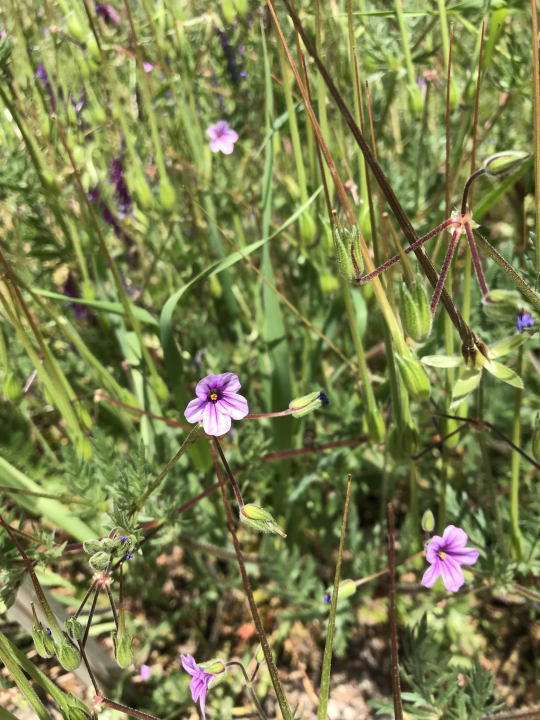
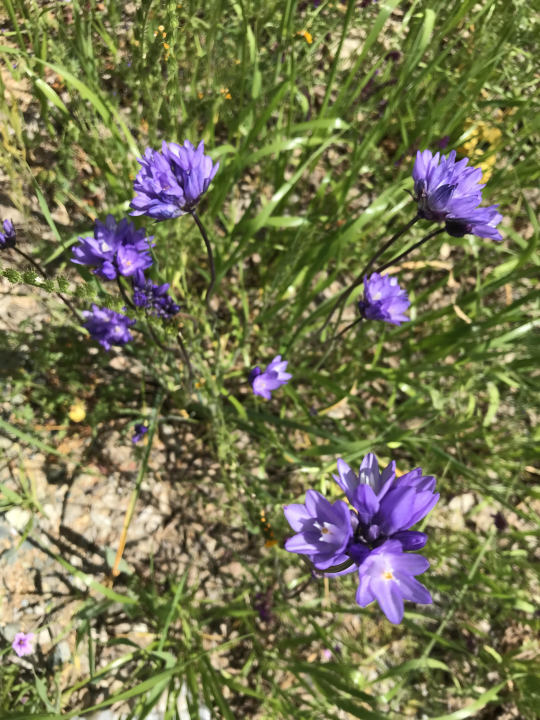

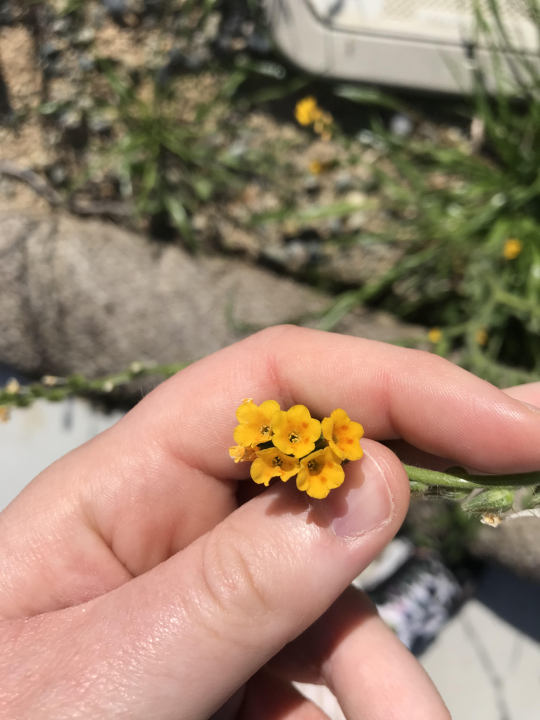
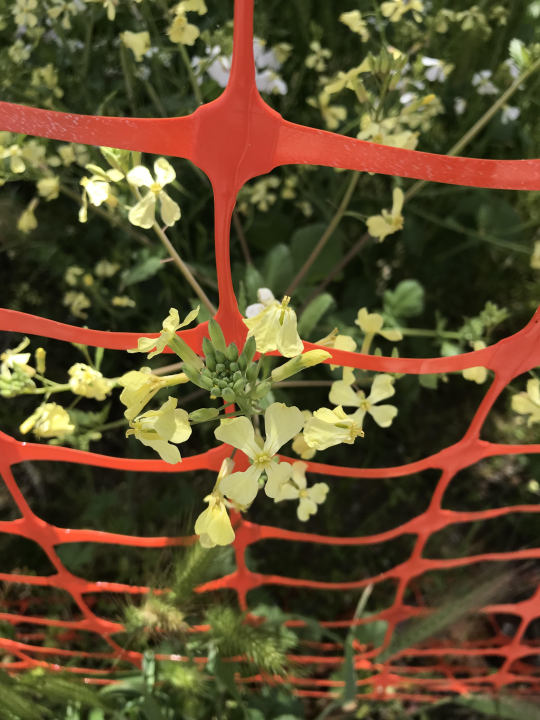
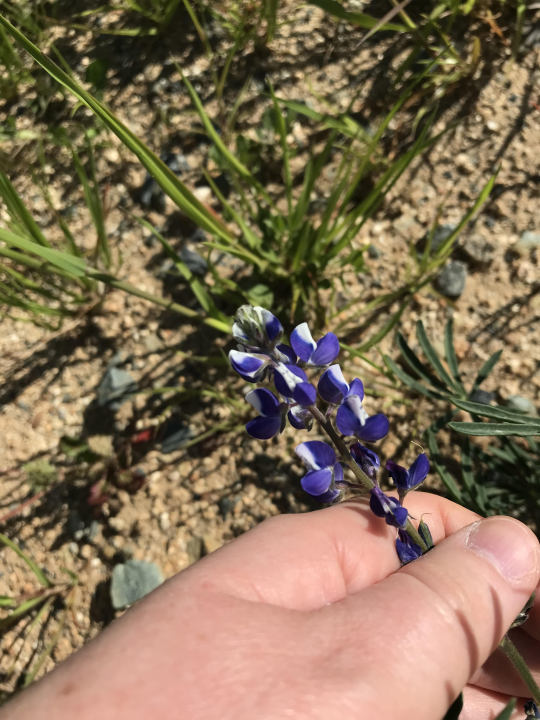
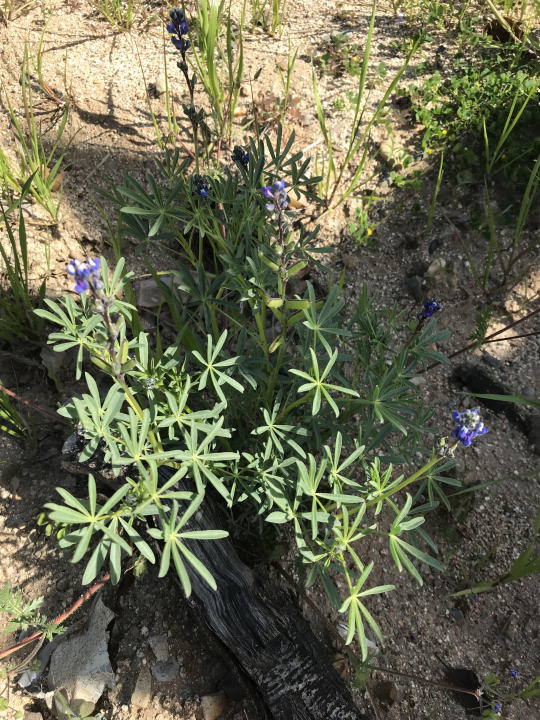

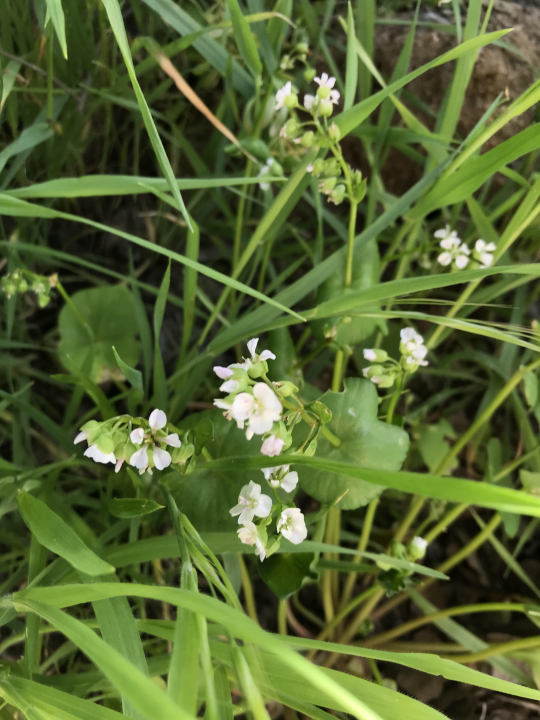


Flowering 'Weeds' in my Neighborhood
Hello and welcome to my informal tour of some of the flowers in my California neighborhood. I just wanted to identify them when I got home so I made this post. We tend to take these plants for granted but I wanted to learn more about them. Forgive the photo quality, my phone is a potato but I am upgrading it soon. (Also I was being kind of lazy with these photos, since it was just for IDing and not for looks)
1.) Yellow Woodsorrel (Oxalis stricta or Oxalis corniculata)
These itty bitty yellow flowers (and clover-like leaves) often found in lawns are apparently woodsorrels, in the genus Oxalis. The flowers are around the same size as Scarlet Pimpernell (Anagallis arvensis), another little flower often found growing in lawns around here. Plants in this genus are edible, apparently, and have a nice sour tanginess to them. All parts are edible and can be eaten raw or cooked, and are nice in salads, I'm told.
It seems the plants in this genus have a wide range of flower sizes, because this genus also includes Oxalis pes-caprae, which has the same clover-like leaves, but it has yellow flowers that are ~1 - 1.5 inches large, which grow on long stalks. This species is known colloquially as Sourgrass where I'm from, and as a kid I often picked the flowers to chew on the sour stems. Plants of this genus are often invasive here, but there are also lots that are native to California.
2.) Crimson Clover (Trifolium incarnatum) - Invasive
Often used for erosion control (even though it out-competes other plants, including natives), for feeding livestock, or as a nitrogen-fixing cover crop. The seeds, sprouts and flowers are edible for humans, too. The red flowers are very beautiful and bees love them.
3.) Long-beaked Storks Bill (Erodium botrys) - Invasive
Another common sight in California yards is the Storks Bill, named after the long, pointy seed pods that look like little spears. My mother passed on the suburban lore to me and my little brother when we were kids, explaining how you can push one of these pointy seed-pods into another one and create a pair of scissors with them. Therefore we referred to these as "scissors plants." However, the plant's seed pods are most interesting when they break open explosively. The seeds that immerge look like sharp little corkscrews that bury themselves in the earth. This plant is reportedly edible, and typically the leaves are eaten when the plant is young. The plant has pretty little pink/purple stripey flowers in the spring.
4.) Blue Dicks (Dipterostemon capitatus) - Native
A beautiful California native wildflower. It has a history of being an important food source for Native Americans. The part eaten was the 'corm,' which is similar to a tuber and also starchy. There is a similar-looking native flower called Forktooth Ookow (Dichelostemma congestum) but this site shares how to tell them apart.
5 - 6.) Common Fiddlenecks (Amsinckia menziesii) - Native
These pretty yellow flowers grow in clusters that gradually unfurl like the neck of a fiddle. Goldfinches love the seeds and it's an important host plant for some insects; its flowers are also valued by pollinators.
They are unpalatable plants to livestock (they have itchy hairs), which is good because they are toxic to livestock if eaten in large amounts. (This typically will not happen unless their feed becomes contaminated with it, since as I mentioned, they dislike eating the plants!) It's probably best that humans don't try to eat this plant, as a result. It's also best to not grab these plants like I did in the photo, haha, because the hairs can irritate skin. (Didn't bother me, but ymmv)
7.) Wild Radish (Raphanus raphanistrum) - Invasive
This plant is in the mustard family (Brassicacea). As you may know, the mustard family is very important to humans, and includes a bunch of cultivated crops (cabbage, broccoli, kale, turnips, radishes, etc). As such, all parts of this plant are very edible, and it has a reportedly peppery taste. It's invasive here in California so you don't need to feel bad about harvesting it. They also hybridize readily with cultivated radish. It's a very hardy plant that has spread all over. You see these guys everywhere, in ditches on the side of the road, etc.
8 - 9.) Lupines/Blue Bonnets [possibly Coulter's lupine (Lupinus sparsiflorus)?]
This genus, the Lupins, is a very large genus and many of the varieties have been cultivated by humans for both food and for looks. However, some varieites are native to California, such as Coulter's lupine. They are very pretty flowers that look similar to pea plants, because it is in the same family (Fabaceae). Lupin beans are edible but need to be processed correctly first, or else they can poison you (the same is true of many popular legumes). The ones that have been bred for eating require less processing.
10.) Common Vetch (Vicia sativa) - Naturalized
Another wildflower in the same Fabaceae family, Vetch also has gorgeous little purple flowers and produces little pea pods too. It's valued as livestock fodder and as green manure/rotation crop, and like the Lupins, its seeds need to be processed properly before humans eat it. The plant is very 'grabby' and will use plants nearby to help prop it up as it grows. So, if you have something else in your garden, you might need to pull out vetch if it's grabbing your plants.
11.) Miner’s Lettuce/Spring Beauties/Winter Purslane (Claytonia perfoliata) - Native
This native plant has big, cronchy leaves that I'm told taste excellent in salads. They tend to grow after a good rain, during winter or early spring, in damp, shady areas. The plant had been used as food by Native Americans for a long time, and when white people arrived in droves in California for the gold rush, they ate it too; thus the name 'Miner's Lettuce.' Their leaves kind of look almost like lily pads, and little white flowers grow in the center. They're quite recognizable once you notice them, and they're very nutritious, apparently.
12.) Burr Clover/Burr Medic (Medicago polymorpha) - Naturalized
Considered useful for livestock fodder, erosion control and soil improvement. It has little yellow flowers and its seed pod is a pokey little burr. It grows very low on the ground, often found in lawns. It's edible, especially the young leaves. The seeds are apparently edible too but there's only one seed per burr and it's rather demanding to gather and process, as you might imagine.
13.) Red Maids (Calandrinia menziesii) - Native
I found this lone little flower among all the other wildflowers around here after the rains. Apparently it's a Red Maid, which used to be considered a type of purselane, but has recently switched families, according to Wiki at least. The greens can be cooked and the seeds toasted.
2 notes
·
View notes
Text
11.
Oxalis pes-caprae is a ridiculously invasive species but I can nearly forgive it because it’s both pretty and tasty.

2 notes
·
View notes